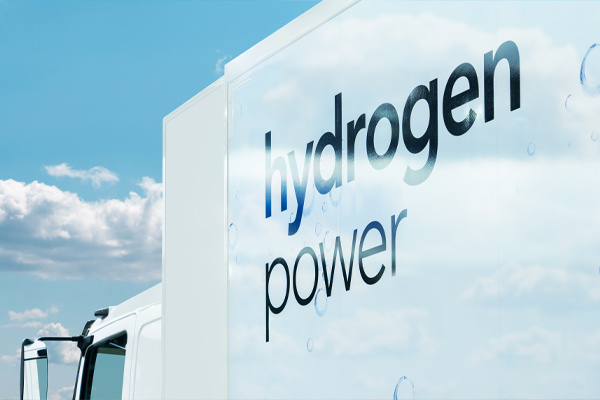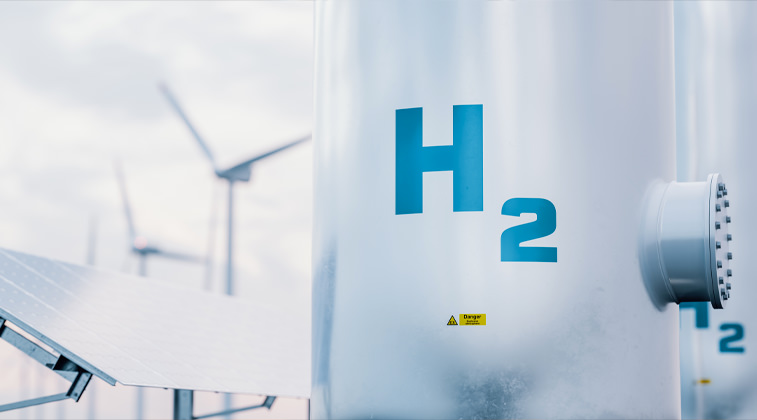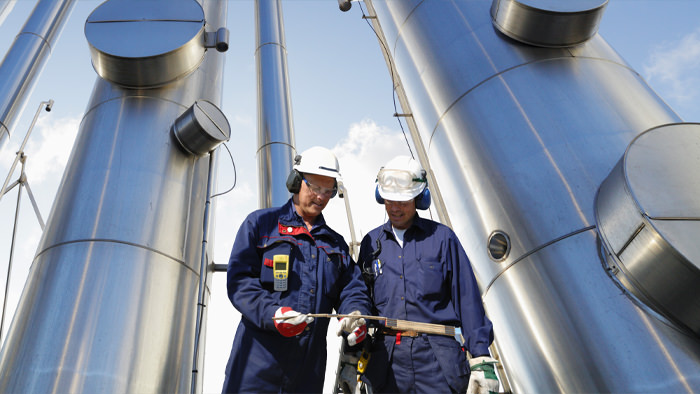CURRENT SCENARIO
The fight against global warming and climate change is a challenge that affects everyone – in all countries and in all sectors. Many nations have already committed to reducing energy consumption and have agreed to ambitious targets to reduce carbon emissions.
The European Union has pushed in this direction for many years, but real attention was ignited after July 8th, 2020, when the European Commission announced its plan for the energy system of the future and for clean hydrogen production.
First of all, let’s clarify a common and, unfortunately, widespread misunderstanding: hydrogen is not a natural source of energy, but a energy vector. Hydrogen, in fact, is not available in nature, like the sun or the wind or like oil or gas – which are natural sources of energy. Hydrogen must be produced – usually through the electrolysis of water – and energy is needed for this. But once hydrogen is produced, it can conserve a part of this energy and make it subsequently available, in large quantities, when and where necessary, for many different purposes.
Italy has a PNRR (“recovery and resilience plan”) which foresees a 2 billion Euro investment for hydrogen development.
This plan originally foresaw the contribution to blue hydrogen technologies (with industrial partners such as Eni and Arcelor Mittal) but the European Commission has not accepted this “gradualness” so that only green hydrogen projects will benefit from Government funding, even if in different manufacturing sectors.
At the same time, the potential of hydrogen-based technologies is also increasing in the energy transition of the US market:
According to recent estimates by FCHEA (The Fuel Cell and Hydrogen Energy Association), by 2030 these technologies are destined to generate approximately 140 billion dollars a year in turnover and over 700,000 jobs.





